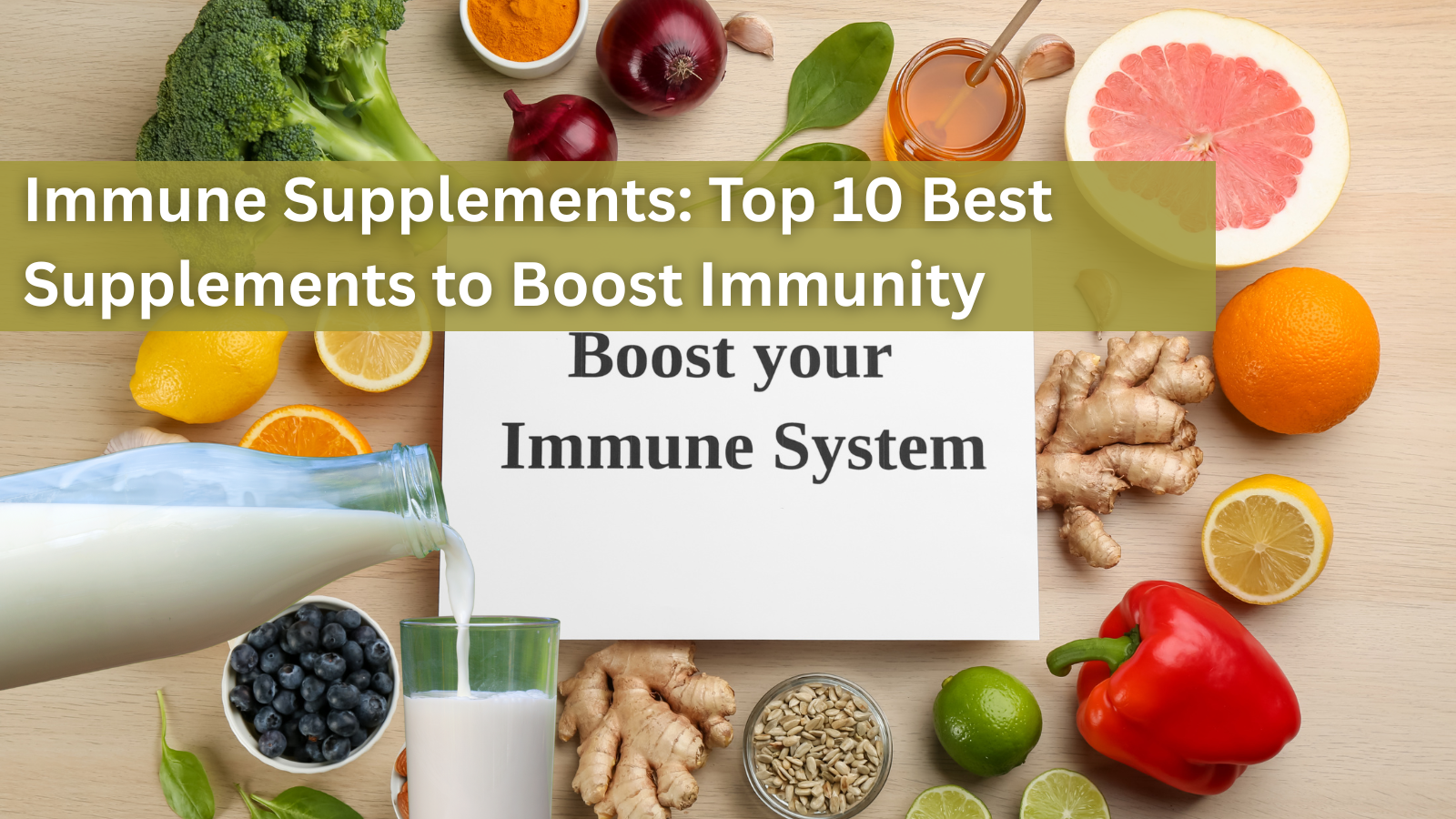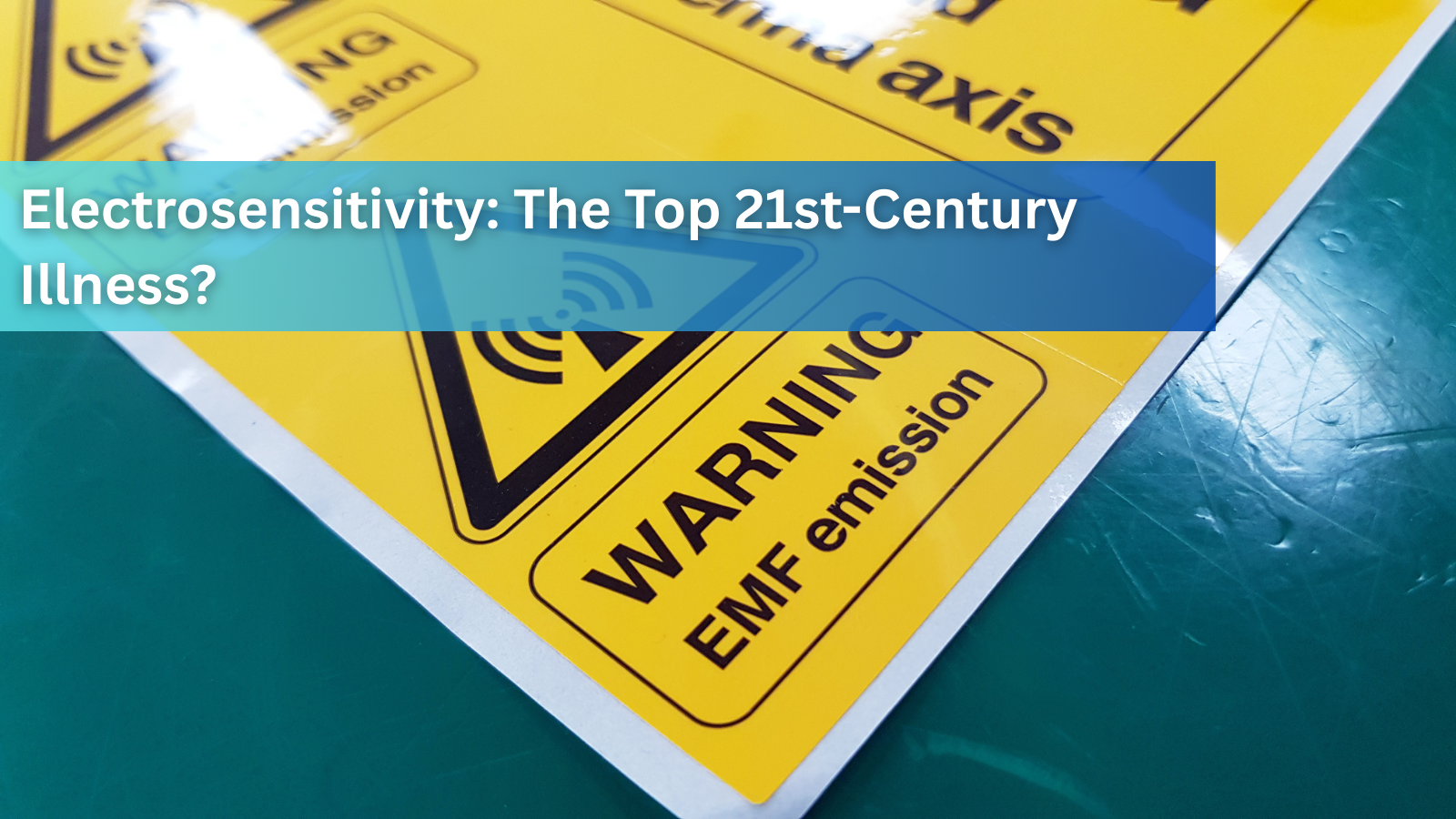Pesticide Health Risks and Organic Solutions

You're probably here because you're worried. You want to know more about pesticide health risks. It's a big topic, and a lot of people share your concerns. Many of us are trying to figure out how these chemicals affect our families. Learning about potential pesticide health risks is the first step in making informed choices for human health.
Table of Contents:
- The Growing Alarm Over Our Health
- A New Commission Takes a Look
- Industry Reacts Quickly
- Pesticide Residues: What's in Our Food?
- Investigating Specific Pesticide Health Risks
- Expert Voices on Pesticide Dangers
- The Bigger Picture: A Global Perspective
- Frequently Asked Questions
- What Can You Do About Pesticide Health Risks?
- Conclusion
The Growing Alarm Over Our Health
It feels like every day we hear about rising health problems, and these often involve pesticide exposure. The numbers are quite sobering. Did you know the United States saw an 88% increase in cancer cases, including cancer linked to environmental factors, from 1990 to 2021? This was the largest percentage jump of any country looked at, raising questions about widespread chemical pesticides.
Chronic diseases are also climbing, especially in our children, representing significant health impacts. Data from 2022 showed that over 40% of youth in the U.S. had at least one chronic health issue, a concerning figure for public health. That's about 30 million young people, some facing potential health problems from various exposures. Nearly 30% of teenagers are even prediabetic, a gateway to more severe chronic effects.
We also see more than 3.4 million children on medication for attention deficit disorders, and diagnoses for these conditions keep going up. Some research explores links between neurodevelopmental issues and exposure to certain active substances in pesticides. This all paints a picture of a nation grappling with serious health challenges, including issues related to mental health. These trends really make you stop and think about what's going on with our environmental health.
A New Commission Takes a Look
Given these health statistics, action is clearly needed to understand and mitigate these health risks. A new commission, called the "Make America Healthy Again" (MAHA) commission, is looking into these issues. It's led by Robert F. Kennedy Jr., who has a long history of questioning the pesticide industry and its impact on human health. This commission is tasked to advise the President on factors behind high rates of chronic disease, undertaking a form of health risk assessment.
They will study diet, toxic exposures, and lifestyle. Other factors include environmental impacts and even corporate influence, trying to understand how these elements affect human health risk. The idea is to get to the root of why so many Americans, particularly young children, are struggling with their health. The commission is expected to release an important report soon, potentially detailing specific pesticide impacts.
It is not yet clear if this report will directly point to pesticides as a primary cause of these adverse health effects. Many people expect it will, given the focus on childhood chronic diseases and their potential causes. Food production techniques, which heavily involve pesticide application, are on their list of items to study for potential health risks.
Industry Reacts Quickly
Even before the report is out, there's been a lot of noise from various sectors. Some big farm organizations are worried about the scrutiny of hazardous pesticides. The National Corn Growers Association is one example. The American Soybean Association is another, concerned about discussions regarding pesticide toxicity.
These groups have been asking the administration to be very careful. They warn against raising alarms about "production practices," which often refers to how chemical pesticides are used in farming and plant protection. They say that criticizing these methods could put American food production in danger and claim farmers' livelihoods are at risk if highly hazardous pesticides are restricted.
Just recently, a U.S. Senator spoke out in a congressional subcommittee. She cautioned Kennedy against suggesting that "vital crop protection tools" need fresh examination, emphasizing their role in current agriculture. These tools, of course, are pesticides, and the debate highlights the tension between agricultural needs and public health concerns. This shows how sensitive the topic of pesticide health risks has become, with everyone watching closely.
Last month, many U.S. lawmakers wrote a letter to Kennedy. They claimed environmentalists were pushing harmful policies related to pesticide action. They said these policies were disguised as health concerns, a strong statement that underscores the polarized debate. The discussion around the toxic effects of pesticides is clearly heating up.
Pesticide Residues: What's in Our Food?
Lawmakers often say that pesticide residues on food are within safe limits, based on current risk assessment protocols. They point to government testing and standards for these active substances. But they don't always mention that these residues are very common on food crops. The Food and Drug Administration (FDA) regularly tests food samples from around the country for various pesticide residues.
Their findings might surprise you, indicating widespread human exposure. A large portion of food samples do carry pesticide residues, including those from carbamate pesticides. Many scientists and health professionals are now questioning long-term safety, wondering what eating small amounts of these chemicals daily could be doing to us, especially concerning long-term health effects.
Let's look at some FDA numbers from their testing program, which assesses pesticide toxicity in the food supply. About 80% of domestic fruits sampled had pesticide residues. For U.S. vegetable samples, it was 61%. Around 56% of U.S. grains sampled also showed residues, highlighting the extent of pesticide exposure through diet. Contamination of drinking water by some pesticides is another pathway of exposure that demands attention.
Overall, pesticides were found in 57% of 731 domestic human food samples tested. The FDA detected 209 different pesticides in a total of 3,030 human and animal foods. These foods came from both domestic and imported sources, including those from developing countries which may have different regulations. The government says most are safe because they don't exceed allowed levels, but other countries often have stricter limits than the United States allows for many active ingredients.
| Food Category (US Domestic) | Percentage with Pesticide Residues (FDA Data) |
|---|---|
| Fruits | Approximately 80% |
| Vegetables | 61% |
| Grains | 56% |
| Overall Human Food Samples | 57% |
The presence of multiple pesticide residues, sometimes referred to as a "cocktail effect," is another area of growing concern among researchers. Current human health risk assessment models often evaluate active substances individually. However, there's less understanding of how combined exposures might affect human health.
Investigating Specific Pesticide Health Risks
Why is there so much worry if things are "within limits"? The concern comes from years of scientific research available through databases like Google Scholar. Studies have linked many common farm chemicals to serious health problems, including various adverse health effects. This is central to the discussion about pesticide health risks and the toxic effects these substances may have.
These problems include cancers and harm to reproductive systems; some health effects include neurodevelopmental issues in children. Neurological damage and endocrine disruption are other major areas of concern. It is not just one or two studies, but a growing body of evidence that suggests certain pesticides pose risks.
Different pesticides belong to different toxicity categories, based on their potential for acute toxic effects. However, chronic effects from long-term, low-level exposure are harder to categorize and study. The application method of a pesticide can also influence exposure levels for both pesticide applicators and the general public.
Glyphosate: The World's Most Used Herbicide
Glyphosate is probably the most well-known herbicide, and its widespread use contributes significantly to overall pesticide exposure. It's the active ingredient in products like Roundup. It's used very widely in American agriculture and around the world, meaning human exposure is also widespread, raising concerns about its potential health impacts.
Numerous studies have connected glyphosate to various health problems, including cancer. In 2015, the World Health Organization's cancer agency, IARC, classified glyphosate. They called it a probable human carcinogen, a classification that created significant global alarm and debate about its continued use on food crops.
Despite this, its use continues on a massive scale. This persistence worries many health advocates who argue that substances classified as probable carcinogens should not be so common in our food system. The debate over glyphosate underscores the broader issues surrounding pesticide health risks and the regulation of chemical pesticides.
Paraquat and Parkinson's Disease
Paraquat is another weed killer used in large amounts, and it is considered a highly hazardous pesticide by many health organizations. Research has pointed to a troubling link between paraquat exposure and Parkinson's disease. Parkinson's is a progressive nervous system disorder that affects movement, and its incidence has been rising.
The risk of adverse effects is particularly noted for farm workers and pesticide applicators who often handle the chemical directly, leading to dermal exposure and inhalation. However, concerns exist about broader environmental exposure too, potentially impacting communities near agricultural areas. Several countries have banned paraquat due to health concerns, but it remains in use in the United States under certain restrictions, highlighting differing approaches to risk assessment.
Atrazine: Concerns for Reproductive Health
Atrazine is an herbicide frequently detected in water sources, including drinking water in some agricultural regions. Studies suggest it poses a range of risks to human health, with particular concern for its impact on reproductive functions. It has been shown to interfere with hormone systems, a process known as endocrine disruption.
This disruption can lead to developmental problems, potentially including birth defects, and may also affect fertility. Like other controversial pesticides, its safety is a subject of ongoing debate, and its potential health effects are actively researched. Some research points to its potential as an endocrine disruptor, which can cause issues even at very low exposure levels, complicating human health risk assessment.
Chlorpyrifos and Child Development
The insecticide chlorpyrifos has also faced intense scrutiny due to its toxic effects on developing nervous systems. Research indicated it could damage children's brain development, one of the most serious adverse health effects documented. This evidence led to restrictions on its use in some areas, though it was used in farming for a long time even as these concerns grew.
Studies showed links between prenatal exposure to chlorpyrifos and lower IQ. It was also connected to attention problems and developmental delays in young children. This makes it a key example when discussing the vulnerability of young children, whose developing brains are especially sensitive to toxic exposures and potential health problems from such chemical pesticides.
Expert Voices on Pesticide Dangers
These concerns aren't new; many experts have been raising alarms about pesticide impacts for years. Dr. Philip Landrigan is a pediatrician and epidemiologist. He directs the Global Observatory on Planetary Health at Boston College. He has been warning about these dangers for decades, emphasizing the need for better plant protection strategies that prioritize human health.
Dr. Landrigan chaired a National Academy of Sciences report back in 1993. That report clearly documented that pesticides can cause human disease and contribute to health problems. It also highlighted that infants and children are especially vulnerable due to processes including faster metabolisms and developing organs. Their bodies are still developing and they process toxins differently, leading to greater potential health risks.
He states that in the 30-plus years since, the evidence linking pesticide exposure to chronic health effects has only grown stronger. He emphasizes that pesticides are not benign chemicals and that their widespread use warrants a precautionary approach. This perspective from a seasoned expert adds weight to the public's concerns and underscores the need for caution and more protective policies to mitigate human health risk.
Think about it: a report from three decades ago already sounded the alarm. Yet, here we are, still debating the extent of pesticide health risks and the appropriate regulatory response. Many feel progress in addressing these potential health issues has been too slow, particularly when it comes to protecting vulnerable populations like farm workers and young children.
The Bigger Picture: A Global Perspective
The United States uses a significant amount of the world's pesticides, which raises questions about national health impacts. It accounts for about 24% of global pesticide use. This is despite having only about 4% of the world's population. This high usage rate naturally raises questions about potential health problems and environmental health consequences.
Many health advocates, like Vani Hari, also known as Food Babe, point this out. They connect high pesticide use with the country's poor chronic disease statistics, which are among the worst in developed countries. The United States has some of the worst rates of chronic illness among developed nations, and while many factors are involved, exposure to hazardous pesticides is a concern. This correlation regarding pesticide health risks is hard to ignore, even if direct causation for all chronic effects is complex to prove.
If a shift in policy could reverse these health trends, it would be monumental for public health. The current MAHA commission report is being watched very closely. Advocates hope it will push for policies that protect people and address the long-term health effects of pesticide exposure. They want health prioritized over industry profits, especially concerning widely used pesticides pesticides.
It's a challenging situation when considering how pesticides impact human lives. On one hand, farmers rely on these chemicals for current production methods. On the other, the potential for long-term pesticide health risks, including acute pesticide poisoning and chronic health problems, is a serious public concern. Finding a balance that supports agriculture while safeguarding environmental health and human health is crucial for everyone involved.
Frequently Asked Questions
Many people have frequently asked questions about pesticide health risks. Here are answers to some commonly asked questions. Understanding these health topics can help you make more informed decisions.
1. What are common acute effects of pesticide poisoning?
Acute effects from pesticide poisoning can vary widely depending on the specific chemical pesticide and the level of exposure. Symptoms of acute toxicity might include skin and eye irritation, nausea, vomiting, diarrhea, headache, dizziness, and in severe cases, respiratory distress, convulsions, loss of consciousness, or even death. If you suspect acute pesticide poisoning, it is vital to seek medical attention immediately.
2. How do pesticides impact mental health?
Emerging research suggests a connection between exposure to certain pesticides and mental health problems. Some studies have linked chronic exposure to pesticides, especially organophosphates, to an increased risk of depression, anxiety, and other neurological or cognitive issues. Farm workers and individuals in agricultural communities may be at higher risk for these health impacts, though more research, often found via resources like Google Scholar, is needed to fully understand the mechanisms of pesticide action on mental health.
3. Are young children more vulnerable to health risks from pesticides?
Yes, young children are generally considered more vulnerable to the adverse health effects of pesticides. Their bodies are still developing, and their detoxification systems are not fully mature. They also tend to have higher exposure levels relative to their body weight due to factors like playing on treated surfaces or hand-to-mouth behaviors. Exposure during critical developmental periods can lead to long-term health effects, including developmental delays or increased risk of certain childhood illnesses.
4. Where can I find reliable information on pesticide toxicity and health risks?
Reliable information on pesticide toxicity and associated health risks can be found from several sources. Government agencies like the Environmental Protection Agency (EPA) and the Food and Drug Administration (FDA) provide data and risk assessments. Academic research published in peer-reviewed journals, often accessible through databases such as Google Scholar or PubMed, offers in-depth studies. Additionally, reports from organizations like the World Health Organization (WHO) and the National Institute of Environmental Health Sciences (NIEHS) are valuable resources on various health topics related to pesticides.
What Can You Do About Pesticide Health Risks?
Learning about pesticide health risks can feel overwhelming. You might wonder what you can actually do to reduce human exposure. While systemic change often requires policy shifts in pesticide application and regulation, individuals can take steps. These actions can help reduce your family's exposure to potentially harmful chemical pesticides.
Choose Organic When Possible
Organic farming standards generally prohibit synthetic pesticides, reducing the risk of pesticide residues on food crops. Opting for certified organic foods can reduce your pesticide intake. Look for the USDA organic seal or other trusted certifications. This is often a top recommendation for concerned consumers seeking to minimize potential health issues from pesticides pesticide residues.
Wash Fruits and Vegetables Thoroughly
Always wash fresh produce under running water before eating or cooking to minimize dermal exposure or ingestion. This can help remove some surface pesticide residues. While it won't eliminate all residues, especially systemic ones that are absorbed into the plant, it's a good practice. Some people use produce washes, but plain water is often sufficient for reducing surface contaminants.
Stay Informed and Advocate
Knowledge is power when it comes to understanding the full scope of health risks, including chronic health issues. Keep learning about pesticides and their effects from reliable sources like government health topics pages or academic studies found via Google Scholar. Support organizations that advocate for safer farming practices and stricter regulations to limit the use of highly hazardous pesticides. Your voice, along with others, can contribute to positive changes and better protection for public health.
Consider Growing Some of Your Own Food
If you have space, even a small garden can make a difference in controlling your food's safety. Growing your own fruits and vegetables gives you control over the application method of any pest control. You know exactly what, if anything, is used on them. This can be a rewarding way to access fresh, safe produce and reduce concerns about airborne pesticides or residues from commercial food crops.
These steps won't eliminate all pesticide exposure. But they can help you feel more in control of your health risk. They empower you to make healthier choices for yourself and your loved ones. Every small change contributes to a larger movement for safer food and a healthier environment, and can help mitigate potential adverse health conditions. If severe symptoms of acute health problems appear after known exposure, do not hesitate to seek medical attention.
Conclusion
The conversation around pesticide health risks is involved and often contentious. Strong interests are involved on all sides, from agricultural industries to public health advocates. However, the growing body of scientific evidence indicating potential adverse effects is hard to dismiss. The potential links between these chemical pesticides and various health problems, including acute effects and chronic effects, warrant serious attention.
Understanding the full scope of pesticide health risks is vital for our well-being and for making informed decisions about the food we eat and the environment we live in. We all deserve food that is safe and supports good health and helps prevent long-term health issues for generations to come. Addressing the challenge of pesticides requires a thoughtful approach that considers both agricultural needs and the fundamental right to health.

September 27, 2025
Immune Supplements: Top 10 Best Supplements to Boost Immunity
Are you looking for effective ways to enhance your body’s natural defense? Immune supplements have become popular choices to support the immune system booster function, especially in times of increased illness risk. With so many products...
Read more
September 27, 2025
Cell Phone and WiFi Safety: How to Prevent and Treat EMF Damage and Electrosensitivity
Electrohypersensitivity (EHS), often called electrosensitivity, has been a polarizing and increasingly relevant issue over the past decade and a half. Since the number of people identifying with these symptoms continues to grow exponent...
Read more
September 27, 2025
Raw Carrots: Nature’s Antibacterial & Antiseptic Food
For most of us, carrots are simply a crunchy snack or a source of vitamin A. But according to researcher Ray Peat, PhD, raw carrots offer something more unusual: they act as a kind of natural antiseptic inside the gut, helping to contro...
Read more




Leave a comment